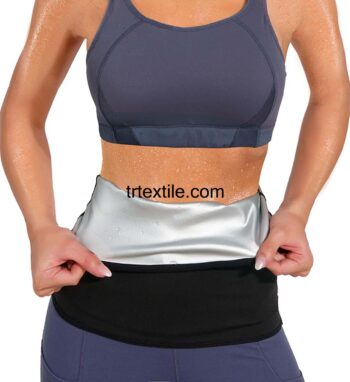-
thermal fabric 1
$475,00Original price was: $475,00.$450,00Current price is: $450,00. -
thermal fabric 2
$475,00Original price was: $475,00.$450,00Current price is: $450,00. -
thermal fabric 3
$475,00Original price was: $475,00.$450,00Current price is: $450,00. -
thermal fabric 4
$475,00Original price was: $475,00.$450,00Current price is: $450,00.
Thermal fabrics are an essential component of many items of clothing, especially those designed for cold weather activities. These fabrics are specially designed to help regulate body temperature by trapping heat close to the body and keeping the wearer warm and comfortable in chilly conditions.
There are several different types of thermal fabrics available, each with its own unique properties and benefits. Some of the most common types of thermal fabrics include fleece, wool, and synthetic materials such as polyester and nylon.
Fleece is a popular choice for thermal fabrics because of its softness and warmth. Fleece is made from synthetic fibers that are tightly woven together to create a soft, plush material that traps heat effectively. Fleece is lightweight and breathable, making it a great choice for layering under other clothing or wearing on its own.
Wool is another popular choice for thermal fabrics, known for its natural insulating properties. Wool is a natural fiber that is breathable, moisture-wicking, and incredibly warm. Wool is also odor-resistant and has antibacterial properties, making it a great choice for outdoor activities in cold weather.
Synthetic thermal fabrics, such as polyester and nylon, are also commonly used in cold weather clothing. These materials are lightweight, moisture-wicking, and quick-drying, making them ideal for high-intensity activities in cold weather conditions. Synthetic thermal fabrics are often used in base layers, mid-layers, and outer layers of clothing to provide maximum warmth and protection from the elements.
In addition to the type of fabric used, the construction of the garment also plays a role in its thermal properties. Thermal fabrics are often designed with special features such as brushed interiors, which create air pockets that trap heat close to the body. Some thermal fabrics also have moisture-wicking properties, which help to draw sweat away from the body and keep the wearer dry and comfortable.
When choosing thermal fabrics for cold weather clothing, it is important to consider the level of insulation needed, as well as the intended use of the garment. For example, a lightweight base layer made from synthetic materials may be suitable for high-intensity activities such as skiing or snowboarding, while a thicker fleece or wool mid-layer may be more appropriate for casual everyday wear.
In conclusion, thermal fabrics are an essential component of cold weather clothing, helping to keep the wearer warm and comfortable in chilly conditions. With a wide range of materials and construction techniques available, there is a thermal fabric to suit every need and activity. Whether you are hitting the slopes or simply braving a winter chill, investing in quality thermal fabrics will help you stay warm and cozy all season long.



